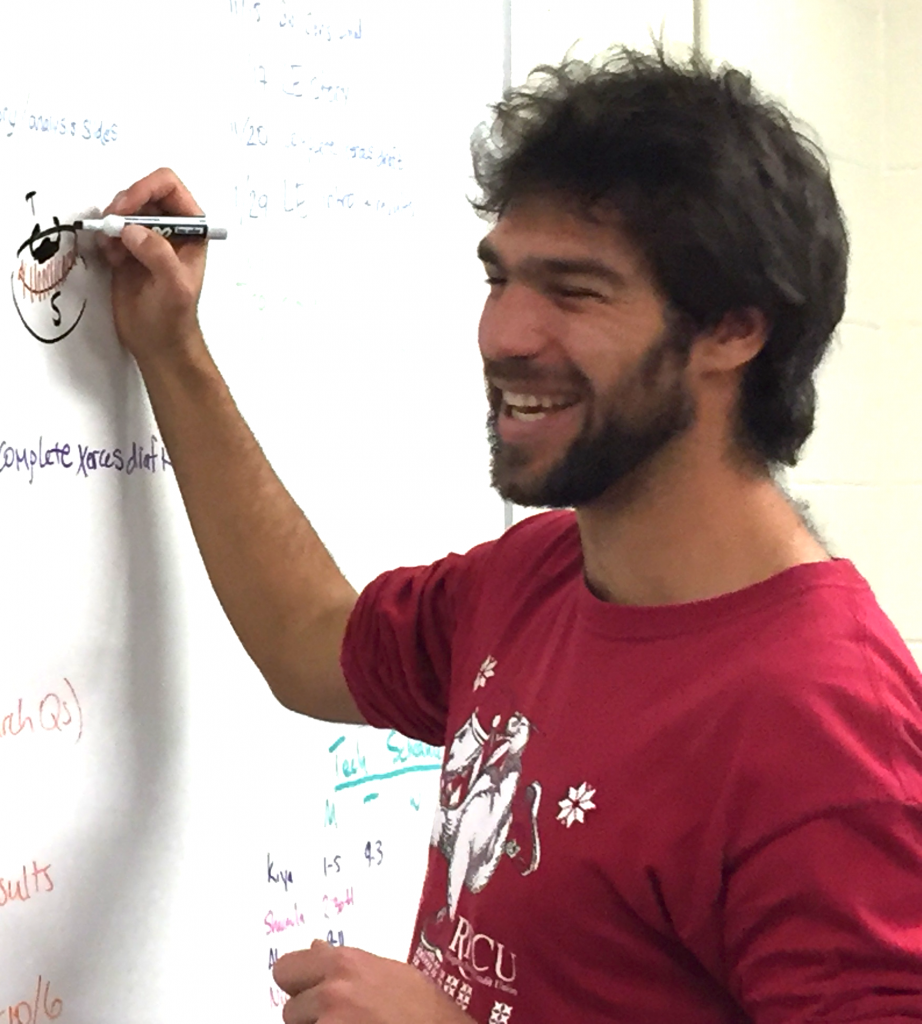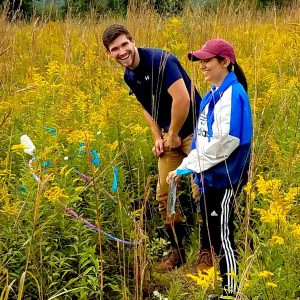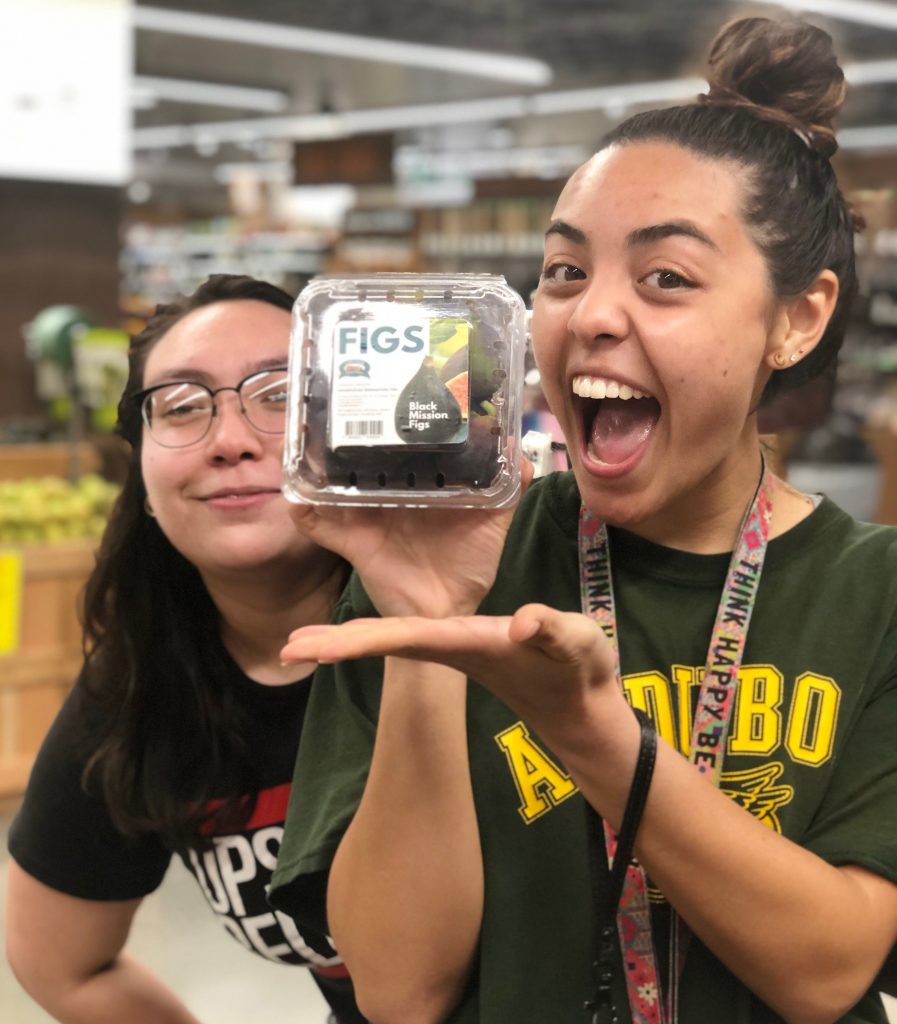
I seek teaching moments where I can kneel in awe next to my students, observing natural wonders. From these shared experiences, I can funnel student curiosity into productive discussions, where students swap questions and ideas with each other and with me. As the guide to moments of wonder, I have the credibility to challenge students to think carefully and find the confidence to share their ideas. And as a participant in the processes of discovery, I find myself invited to share the concepts and toolkits I learned while training as a scientist.
In my courses, I employ tools and practices to enhance equity, inclusion, and my own adaptability as an instructor. To these ends, I frequently solicit student feedback on my teaching, and always use mid-term course evaluations to adjust before it’s too late. I use 5-minute, low-points, multiple-guess quizzes to provide students with accountability on reading assignments, and provide numerous, lower-stakes avenues for students to demonstrate learning and mastery of key concepts and skills. I endeavor to ask questions and facilitate dialog and discussion with my lectures. My courses typically require substantial digital access, and I ensure that all students have dependable access to computers and internet connectivity to enable full participation.


Because there are mountains of excellent content, much of it freely available at the click of a button, I focus on providing students with the tools to find, evaluate, access, and use those resources. How to find and evaluate reliable information, to digest and apply it in novel scenarios, and how to learn concepts and skills without a recipe in hand: I hope students learn these readily generalized habits from any course I teach. By selecting challenging texts and designing lab exercises with potential to generate curiosity and discussion, and constructing lectures, handouts, and other resources to smooth potential sticking points and highlight central themes, I can prioritize peer-to-peer learning, inquiry, and opportunities for students to follow their interests, rather than top-down instruction and memorization. This approach has the additional benefit of providing me with thrilling learning opportunities each time I return to one of these texts. In addition to assignments for “the sake of learning alone,” I incorporate opportunities to study open research questions with my own data, and avenues to share the excellent work students do in my courses, such as through Wikipedia pages the students develop in a WikiEdu course module.
As an instructor, I find myself playing a mentorship role as well. I enjoy connecting students with research and employment opportunities, and writing strong letters of recommendation for the students I get to know through my courses.